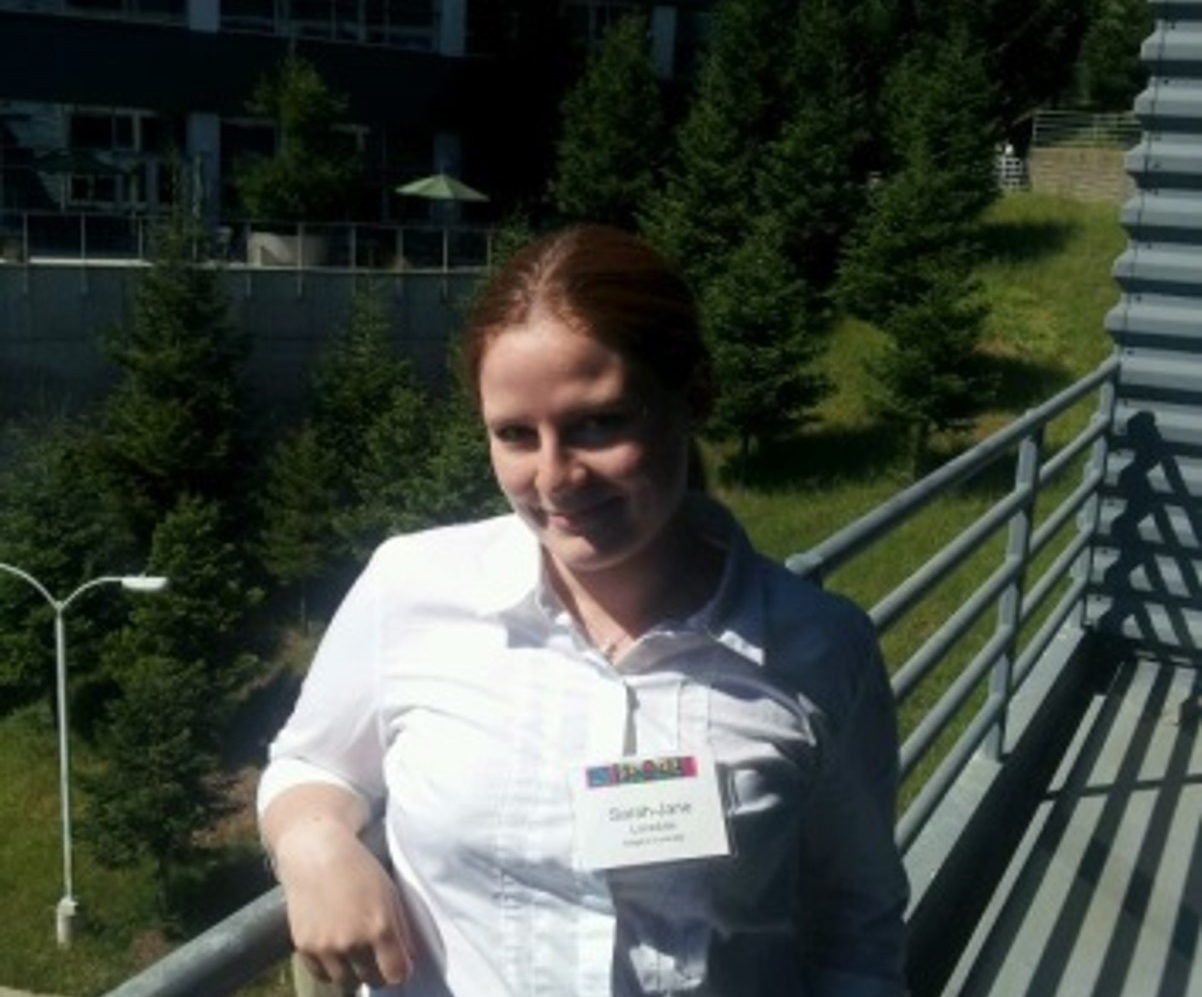
Sarah Lonsdale
MPhys Thesis, University of Surrey (2015)
The field of nuclear astrophysics is innovating rapidly in order to describe properly the origins of the chemical elements in stellar environments. Experimentalists realise the importance of maximising the performance of their detector systems so as to collect the best possible data, which can then fuel reaction rate calculations and sensitivity studies. To this end, it has become increasingly popular to measure charged particles whilst also measuring coincident gamma rays. A variety of such combined arrays have been developed in recent years, however this work will focus on two; Gammasphere-ORRUBA: Dual Detectors for Experimental Structure Studies (GODDESS) and the Clover Array for Radioactive Ion Beams (CLARION), which are both high-purity germanium (HPGe) arrays used in conjunction with silicon telescope detectors. Developments have been made towards the implementation of digital shaping algorithms in order to improve the positional resolution of the Oak Ridge Rutgers University Barrel Array (ORRUBA). Additionally, analysis of the 14N(17F, 18Ne)13C reaction to model the astrophysically important 17F(p, γ)18Ne reaction will be performed. The reaction was undertaken using CLARION with a 170 MeV beam at the Holifield Radioactive Ion Beam Facility (HRIBF). Differential cross sections, spectroscopic factors and asymptotic normalisation coefficients for low-lying bound states in 18Ne are extracted.


